How Sweet It Is
What is it for?
A competitive game that is evaluated according to different criteria to highlight the importance of asking the right questions when designing an evaluation
Time & People
15 – 30 people
Materials
Three targets
Instruction sheets
Timer and bell/whistle
Source
Adapted from Balls Up – DPI Evaluation Training, Victoria, Australia
And also...
Every team gets this information: Your task is to get as many sweets in the square as possible
The game lasts for one minute after the starting bell rings
You will have three one-minute rounds of the game to play Your final score will be the cumulative score of all three rounds
Rules
Every team member must take a turn at throwing
You may not step over the throw line
You may not begin until the bell rings
Description
Divide the group into three throwing teams of 3 – 7 people in each team
Divide the rest of the group into evaluation teams of 2 – 4 people in each team
Hand out the game sheets to the throwing teams, and an evaluation instruction to each of the evaluation teams Allow a few minutes for preparation – make sure the evaluation teams understand what they are doing
Play the first round of the game. Score and add the results to the scoring sheets
Play the second round of the game. Score and add the results to the scoring sheet
Play the third round of the game. Score and add the results to the scoring sheet
Allow time for the evaluation teams to prepare their findings
Invite the playing teams to talk about how they could improve their performance
Hear back from each of the evaluation teams
Evaluation Team A: Your task is to compare the three teams and decide which is the best team. The winning team will be the one with the most number of sweets in the circle at the end of the game.
Evaluation Team B: Your task is to compare the three teams and decide which team was the most inclusive of all of their team. The winning team will be the one that has the best process to include all of its team members.
Evaluation Team C: Your task is to compare the three teams and determine which team played by the rules of the game. The winning team will be the one that breaks the least rules.
Evaluation Team D: Your task is to compare the three teams and determine which team improved the most by learning. The winning team will be the one that improves the most by learning from previous rounds of the game, and adapting how they play.
